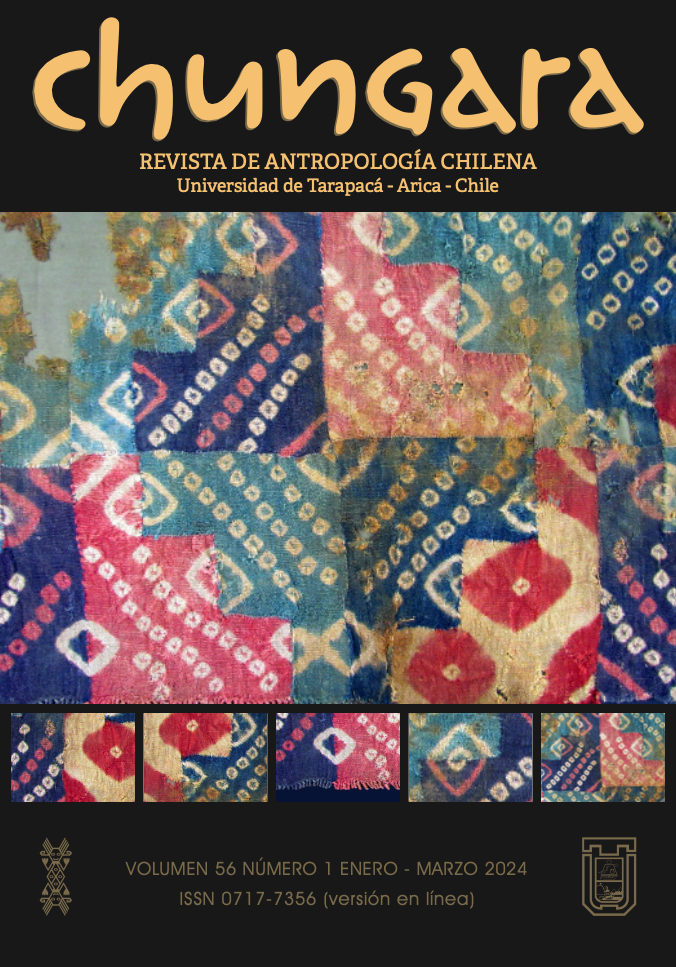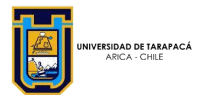Written by Super User. Posted in Papers - English
PREHISPANIC DOGS (CANIS LUPUS FAMILIARIS) FROM PUCARÁ DE TILCARA SITE (JUJUY PROVINCE, ARGENTINA): CHRONOLOGICAL CONTEXT, MORPHOLOGY AND SOCIAL ROLE
PERROS PREHISPÁNICOS (CANIS LUPUS FAMILIARIS) DEL PUCARÁ DE TILCARA (PROVINCIA DE JUJUY, ARGENTINA): CONTEXTO CRONOLÓGICO, MORFOLOGÍA Y ROL SOCIAL
Lezcano and Luciano Prates
This work presents a detailed description of remains of dogs (Canis lupus familiaris) from the Pucará de Tilcara site (Jujuy Province, Argentina), which were recently recovered from two archaeological contexts (MNI = 5). The purpose of this article is to define the chronology and reconstruct the morphology of these dogs, as well as to inquire about their social status and possible roles. To accomplish the first objective, a first taxon-date in northwestern Argentina, carried out on a sample from Midden 1, has established an age of has established an age of 610±27 years 14C BP (1383-1424 years cal. AD) as a minimum absolute date for the presence of pre-Hispanic dogs in the region. In turn, the analysis of the archaeological evidence from the second context (Acrópolis) suggests their presence during the Inca domination of the site. Morphological reconstruction lends support to a previously observed pattern, consisting of a predominance of medium to small sized dogs. Our analysis suggests that the Acrópolis dogs could have been pets, as well as prestige goods, of the Inca elite or of specialized craft workers, whereas the specimens from Midden 1 were used as food and possibly fur resources. This is the first time that undeniable evidence of dog consumption among the pre-Hispanic societies of northwestern Argentina has been recorded.
Print
Email
Written by Super User. Posted in Papers - English
VISUAL COMMUNICATION IN THE CREATION OF LOCAL AND LONG-DISTANCE SOCIAL NETWORKS (PUNILLA VALLEY, CÓRDOBA, ARGENTINA)
COMUNICACIÓN VISUAL EN LA CREACIÓN DE REDES SOCIALES LOCALES Y DE LARGA DISTANCIA (VALLE DE PUNILLA, CÓRDOBA, ARGENTINA)
Sebastián Pastor, Agustín Acevedo and Gisela Sario
In this paper, we analyze two unpublished objects of portable art from the Córdoba mountain range in central Argentina and assigned to the Final Late Holocene. Their particular characteristics justify the use of iconographic tracking. For this purpose, we consider other stone and ceramic tools from the same archaeological locality, especially a set of pieces from the Patagonian and Pampean regions, with defined and quantified repertoires of motifs, allowing for interregional comparison: engraved axes, plaques and decorated Rheidae eggs. The results reveal some shared design aspects for certain types of motifs, base shapes of the figures and filling types. Thus, we are able to identify relevant problems related to the local scale within the Córdoba mountain range, but especially at the interregional scale. This is based on a hypothesis that conceives portable art objects as significant mediums in visual communication processes, integrated into the development of long-distance networks. The paper emphasizes social connections, which have traditionally received scant attention in research focused on the Patagonia, Pampa and the Central Mountain Range of Argentina.
Print
Email







